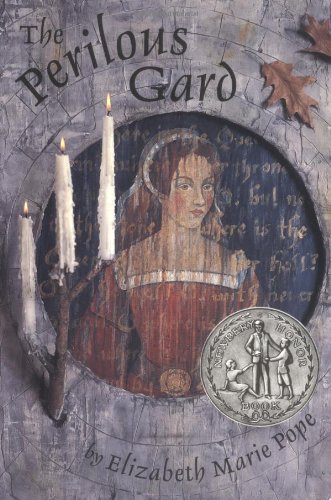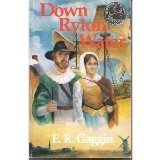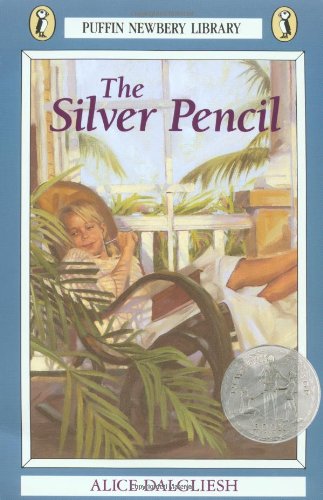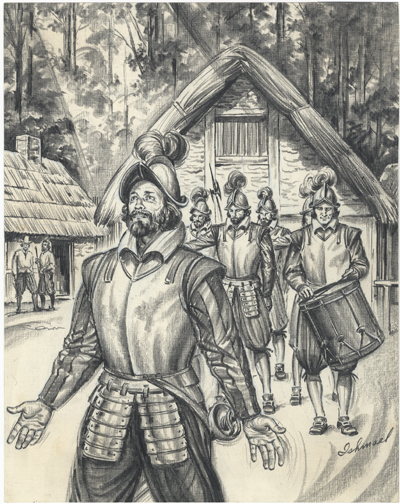Illustrated by Kate Seredy and published in 1936, Winterbound is a Newbery Honor book that would be classified as Young Adult fiction nowadays, if it were even considered for publication. I doubt it would be considered or published in the current century, however, since it’s a clean, wholesome story of two teen sisters, ages nineteen and sixteen, and how they work together to manage an impoverished household in the country through a Connecticut winter. The older sister, Kay, is an aspiring artist whose art education has been cut short by the family’s move from the city to the country. Kay is refined and tasteful, but also hard-working and determined to make the best of their financially strained circumstances. The younger sister, Garry (short for Margaret), is an outdoors type, interested in gardening, travel, science, and animals. Garry is the practical sister, the one who keeps them afloat financially while both parents are unavoidably absent from the home: Dad is off on a two year long scientific expedition, and Mom is in New Mexico, caring for a sick relative.
This story of two strong, independent young women learning to care for a home and a family is just the sort of “feminist” novel that should be required reading for today’s up and coming generation. There are two younger siblings in the family, Martin and Caroline, and Kay and Garry are responsible for the care and upbringing of their younger family members as well as for feeding the wood stove, doing the shopping, making the meals, pumping the water from an outside pump, and scrounging for extra income when their money almost runs out. It’s really a delightful, self-reliant sort of story that shows how some young people used to learn to be adults in difficult circumstances. I was quite impressed with Kay and Garry and their good humor and their tenacity and determination while living in a home—-no running water, no electricity, cracks in the walls, below zero temperatures—that would be daunting to me and absolutely impossible for most anyone younger than I am. (I sound OLD.)
I think fans of the later Betsy-Tacy books by Maud Hart Lovelace (Heavens to Betsy, Betsy and Joe, etc.) or of the later Anne of Green Gables books ( Anne of the Island, Anne of Windy Poplars, etc.) or of the Emily books also by L.M. Montgomery would enjoy this story by author Margery Williams Bianco, most famous for her children’s book The Velveteen Rabbit. Winterbound is as I said for older readers, with just a touch of hinted romance at the very end of the book, and it’s not nearly as sentimental as The Velveteen Rabbit. But Bianco’s writing skill and ability to tell a good yarn are evident in both books. My copy of this book is a Dover reprint edition, published in 2014 in Dover’s series Dover Newbery Library. Thanks to Dover Press for making these older books available again.








